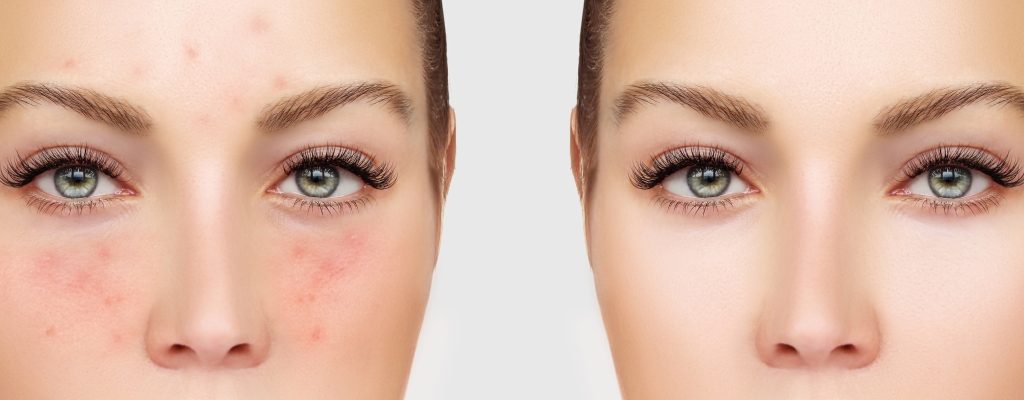The treatment uses the chemical properties of trichloroacetic acid, which, depending on its concentration and the number of layers applied, causes the skin surface to detach in the form of superficial to medium deep peeling. The following days there is a gradual peeling effect, with the most intense peeling occurring 3-5 days after the procedure. Chemical peeling with TCA is suitable for solving problems with acne and oily skin, reduces enlarged pores, acne scars, smoothes fine wrinkles, rejuvenates aging skin or sun-damaged skin, removes hyperpigmentation. Compared to the chemical peeling of AHA acids, peeling with TCA is more intense.





